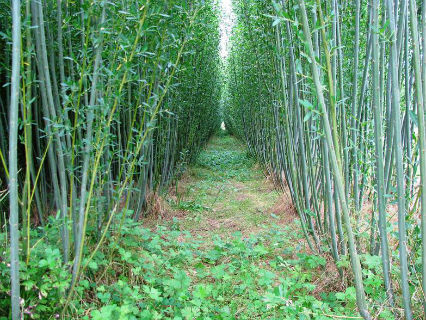
This research funded by SARE. Learn More.
Is it economical to produce camelina for biodiesel? How do the economics work when its product is integrated as biofuel and livestock feed?
Table of Contents
- Abstract
- Research Purpose
- Research Activities
- What Has Been Learned?
- Why Is This Important?
- For More Information
- Contributors to This Summary
Abstract
The recent focus on camelina production in the western United States has been generated by an interest in establishing this oilseed as a rotational crop …







